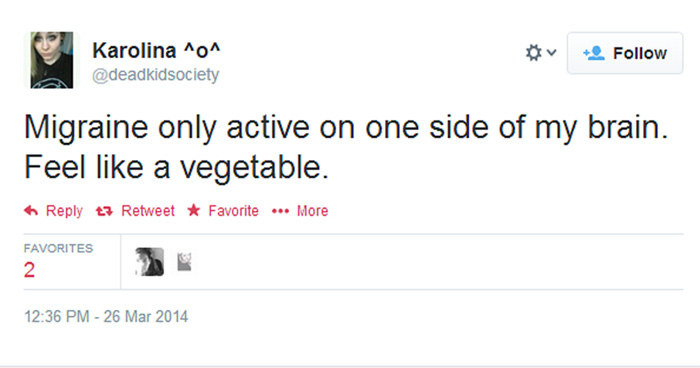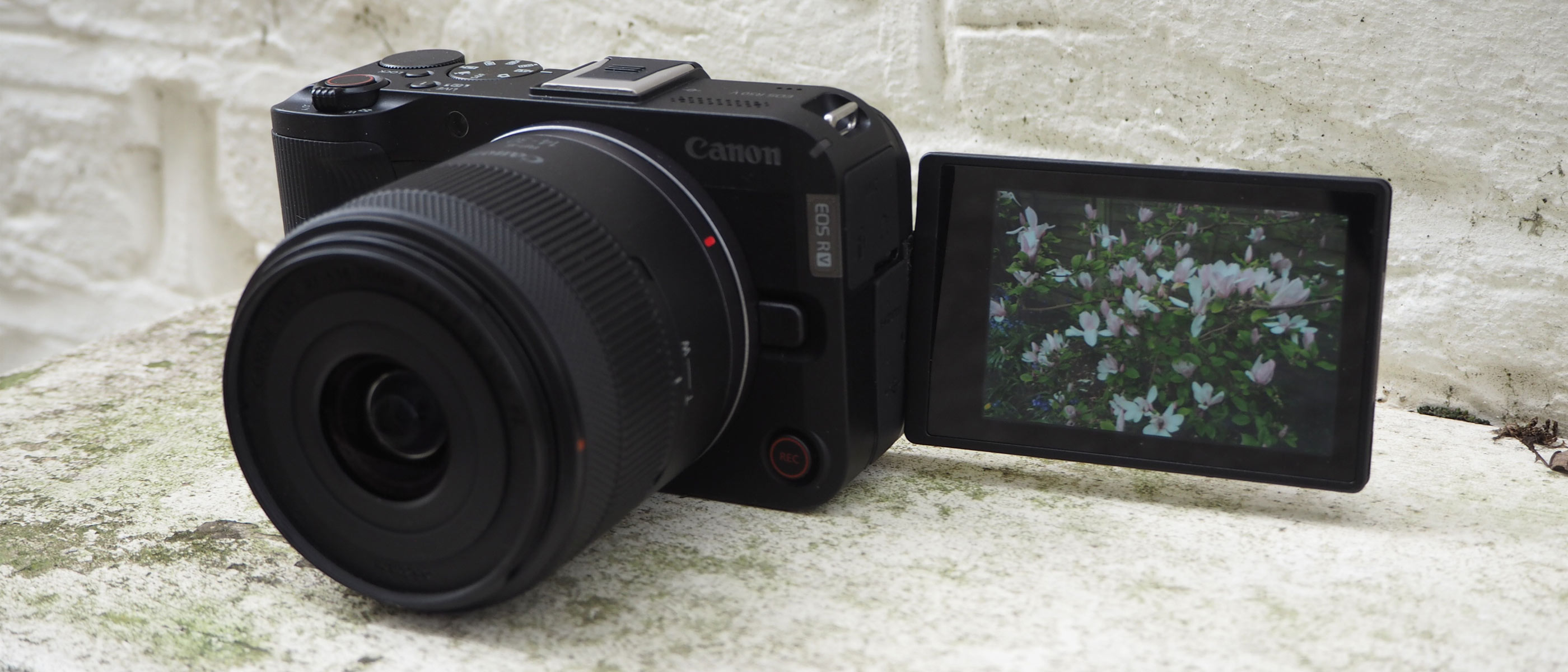Tweets About Migraines Shed Light on Mysterious Headaches

While many people use Twitter to share pictures and links, others see the social media platform as a venue to share thoughts about pain.
In a new study, researchers looked at what social media users have to say about migraines. They found that women wrote about 74 percent of the migraine tweets. Results also showed that peak times for tweeting about migraines in the United States were 9 a.m. and 8 p.m. on weekdays, and that morning tweets were posted later on weekends, according to the study published today (April 3) in Journal of Medical Internet Research.
"The best way to see how people are sharing their suffering is to look at new technology, for example, social media," said study author Alexandre DaSilva, assistant professor and director of the Headache and Orofacial Pain Effort at the University of Michigan School of Dentistry.
"We were fairly surprised how people were sharing their personal information about migraine in a way that we don't usually see in the research lab or the clinic," DaSilva said.
Migraine headaches remain mysterious afflictions; it is unclear exactly what causes them, or how to treat people who suffer from them. The researchers wanted to study social media posts about migraines in order to better help their patients. They examined nearly 22,000 tweets that included the word "migraine" posted over a one-week period.
The researchers found that there was a global peak in migraine-related tweets on Monday at 10 a.m. EDT, and that the most common word to describe the condition was "worst." People also sometimes used curse words to tweet about migraines.
The researchers said they don't know why the majority of the migraine-related tweets in the study came from women. However, other studies have shown that migraines tend to be more prevalent in women than in men, DaSilva said. The researchers also speculated that women might, for some reason, be more open to talking about their migraine pain on Twitter.
Get the world’s most fascinating discoveries delivered straight to your inbox.
Sharing suffering through social media may help migraine patients in some way, DaSilva said. "The opportunity to post that information can at least provide some emotional relief," he said.
And observing how people with migraines use social media to talk about their condition can help doctors better understand their patients, DaSilva said.
Follow Agata Blaszczak-Boxe on Twitter. Follow Live Science @livescience, Facebook & Google+. Original article on Live Science.


